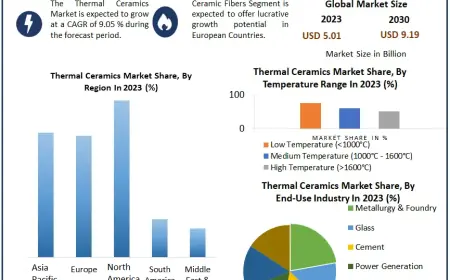Wearable Cameras Market is Expected to Reach US$ 28 billion by 2033

The global wearable cameras market is forecasted to propel at a stellar CAGR of 14% from 2023 to 2033. The market stands at US$ 7.5 billion in 2023 and is expected to reach a valuation of US$ 28 billion by 2033.
Wearable cameras, compact and hands-free devices designed to capture photos and videos, have witnessed significant growth in recent years. Initially popularized by extreme sports enthusiasts, the market has expanded into various sectors, including healthcare, law enforcement, and general consumer use. This report provides a comprehensive analysis of the wearable cameras market, covering market trends, key players, technological advancements, and future prospects.
Download Sample Copy of This Report@ https://www.factmr.com/connectus/sample?flag=S&rep_id=240
Market Trends
The wearable cameras market has been driven by several key trends. One prominent trend is the increasing adoption of wearable cameras in the sports and adventure segment. Action cameras like GoPro have become synonymous with high-adrenaline activities, capturing high-definition footage in extreme conditions. Additionally, social media has fueled the desire for unique and engaging content, driving the popularity of wearable cameras among content creators and influencers.
Another significant trend is the integration of wearable cameras in professional sectors. Law enforcement agencies use body-worn cameras to enhance transparency and accountability. Similarly, wearable cameras are employed in healthcare for patient monitoring and surgical procedures, providing real-time data and improving patient outcomes. These applications highlight the versatility and expanding utility of wearable cameras beyond recreational use.
Top Prominent are
Sony Corporation
Contour LLC
Garmin Ltd.
GoPro Inc.
Narrative AB
Pinnacle Response Ltd.
Axon Enterprise Inc.
Vievu LLC
Drift Innovation Ltd.
Xiaomi
Looking for A customization report click here@ https://www.factmr.com/connectus/sample?flag=RC&rep_id=240
“Rapid Adoption of Novel Camera Technologies in the U.S.”
The U.S. market is expected to be highly lucrative for wearable camera producers due to high consumer spending and the rapid adoption of novel camera technologies. Additionally, significant investments in the military and defense sectors, along with the growing use of wearable digital cameras in military applications, are anticipated to further benefit suppliers in the U.S.
The rising demand for wearable cameras among professional photographers is driving market growth. Contributing factors include a growing demand from various end-use sectors, a large consumer base for advanced wearable items, an expanding electronics industry, and the availability of a wide range of products from key players. The increasing use of wearable cameras for commercial photography by professional photographers is expected to further propel market expansion in Japan over the forecast period.
Market Segmentations:
By Type :
Head Mount
Body Mount
Ear Mount
Smart Glasses
By Product :
Cameras
Accessories
By Application :
Sports & Fitness
Military & Defense
Manufacturing
Healthcare
Others
By Region :
North America
Europe
Asia Pacific
Latin America
Middle East & Africa
Get Full Access of This Premium Report@ https://www.factmr.com/checkout/240
Future Prospects
The future of the wearable cameras market looks promising, driven by continuous technological innovation and expanding applications. One of the emerging areas is the integration of wearable cameras with augmented reality (AR) and virtual reality (VR) technologies. This integration can provide immersive experiences, particularly in gaming, training, and virtual tours.
The healthcare sector is expected to be a significant growth area. Wearable cameras can revolutionize telemedicine by providing real-time visuals to remote doctors, improving diagnostics and patient care. Moreover, these devices can be used for documenting surgical procedures, medical training, and patient monitoring, offering valuable insights and data.
What's Your Reaction?
 Like
0
Like
0
 Dislike
0
Dislike
0
 Love
0
Love
0
 Funny
0
Funny
0
 Angry
0
Angry
0
 Sad
0
Sad
0
 Wow
0
Wow
0















































